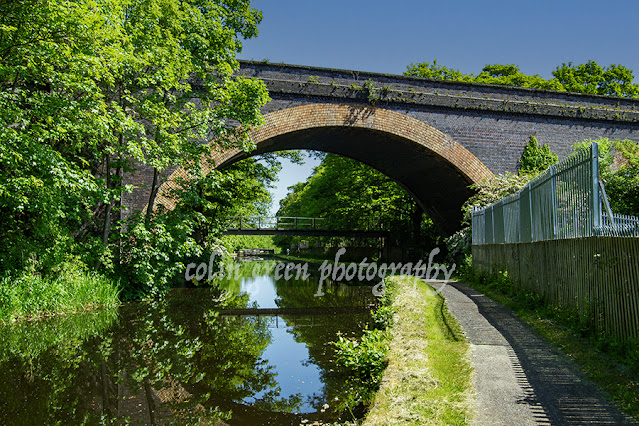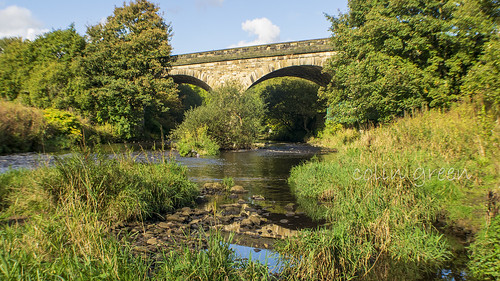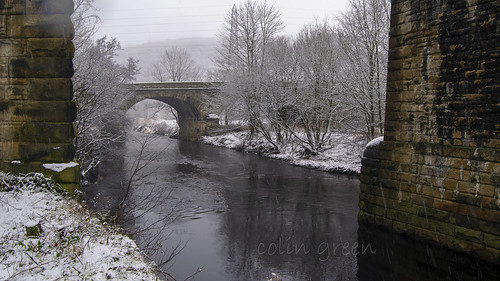On the last day of 2018, with my Nikon D3300 in hand, I took a stroll around Mytholmroyd, a village nestled in the heart of the Calder Valley. My destination was the railway station, a place that, like many others in this industrial landscape, holds a wealth of history and a quiet dignity. The photos I captured on that day tell a story of a place in transition—a past of industrial grandeur giving way to a new future.
The Old Station Building: A Glimpse into the Past
The most striking feature of the station is the original building. This Grade II listed building, with its rugged sandstone and classical lines, stands as a testament to the Victorian era of railway expansion. Opened in 1871 by the Lancashire and Yorkshire Railway, it was once the bustling hub of the community, complete with a booking hall, stationmaster's house, and waiting rooms. For many years, however, it sat derelict and boarded up, a sad sight for a building of such importance.
What the photos don't fully capture is the incredible story of its revival. After decades of neglect, a dedicated group of local volunteers, the Mytholmroyd Station Partnership, began a long-running project to bring it back to life. Their work, supported by grants from organizations like the Railway Heritage Trust and Northern, aims to transform the building into a creative community hub, breathing new purpose into this historic landmark.
The Viaduct and the Modern Station
The station is uniquely situated atop a magnificent viaduct, a feat of 19th-century engineering. The viaduct itself was built by George Stephenson and dates back to 1840, making it even older than the station building it now supports. From the street below, the imposing stone arches give a sense of the scale and ambition of the railway age.
While the old building was awaiting its new lease on life, the modern station was already serving the community. With two platforms, it's a vital part of the Calder Valley Line, connecting the village to major cities like Leeds and Manchester. The station is known for having step-free access to its platforms, a rare and helpful feature for a station built on a viaduct. The contrast between the old, unused entrance and the bustling modern platforms tells the story of a place that, despite its challenges, remains a crucial link for the people of Mytholmroyd.
Clicking any of the images below should open a link in another window to my Colin Green Photography store on Zazzle.
Please take a moment to share this post, follow me on social media, and explore my work on Clickasnap and Photo4Me using the links below. Your support means a lot!


























%20Railway%20Bridge%201%20copy.jpg)
%20Railway%20Bridge%202%20copy.jpg)
%20Railway%20Bridge%203%20copy.jpg)
%20Railway%20Bridge.jpg)
%20Railway%20Bridge%20copy.jpg)
%20Railway%20Bridge%201%20copy.jpg)
%20Railway%20Bridge%201%20copy.jpg)
%20Railway%20Bridge%20copy.jpg)























